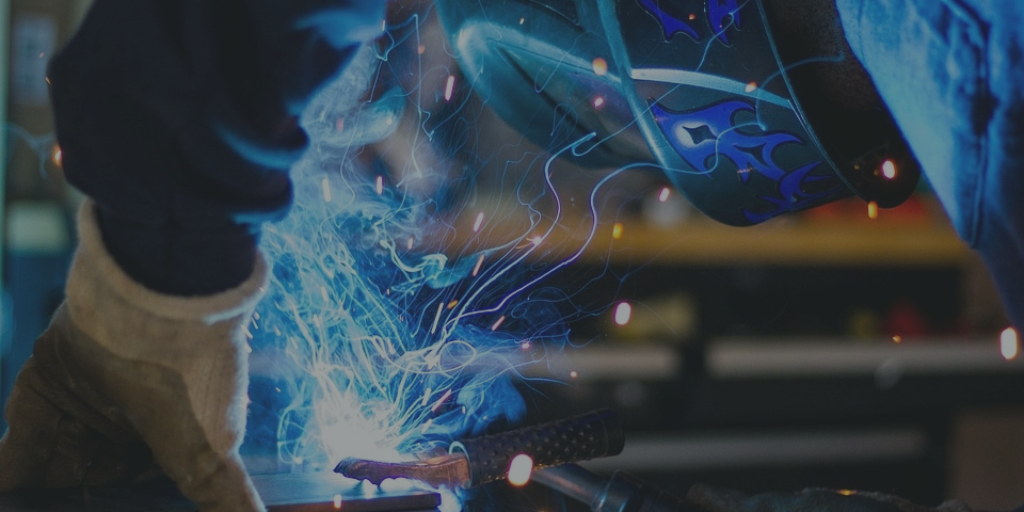The efficiency and reliability of electronic devices depend a lot on the soldering and mounting of different components on the circuit board especially in the case of integrated circuits where refurbishing of electronic components is difficult and expensive.

There are several ways to make the circuit more durable and one of them is to use an appropriate grid array for the mounting of electronic components. There are two popular array designs, ball grid array (BGA) design and column grid array (CGA) design, for the mounting of electronic components on circuit board. These designs affect the reliability of solder material and hence the overall reliability of the circuit, therefore, it is important to select the right design.
Board Level Drop Test
There are some tests to evaluate different aspects of a circuit board in order to predict its performance. Suhir and Ghaffarian tested these two designs using board level drop test and by evaluating the induced stresses in the solder material. The results indicate that solder material experiences higher dynamic stresses in CGA design as compared to BGA design. It means that a single qualification test with same parameters like drop height does not provide a more effective prediction about the reliability of solder material in different array design. Due to which it is recommended to adjust the qualification test as per the array design to make the results more dependable. If organizations employ this approach and improvise their evaluation test accordingly, then they can avoid unnecessary improvements in products and can make their products more reliable. There is a unique business opportunity in this research work of Suhir and Ghaffarian and this paper is published in the Springer “Journal of Materials Science: Electronics Materials” due to its high academic value and industrial applicability. They worked very intelligently to effectively go through the extensively complex mathematical process. This research work allows a business organization can develop a customized analytical predictive model to help out other organization to calculate dynamic stresses on solder material more effectively and design evaluation test accordingly. The practical implication of this research work in the business sector will be another achievement of NASA and its supported researchers.
Machine Learning
This is an era of science and technology where computerized machines and devices have changed every aspect of human life. Computers are programmed machines and strictly follow the instructions in their coded programs; therefore, they can’t improve a system unless humans intervene to improve the algorithm. But, there is a concept of machine learning also known as deep learning which provides the ability to learn to the computers through rigid programming. This machine learning has the potential to improve the system or solve a complicated problem in such a way that humans can’t do.
Impact of Machine Learning
In this research of the evaluation dynamic stresses machine learning can play a very effective role. This research work involves extensive calculations to solve complex equations. Moreover, this research also involves the prediction of peeling and shear stresses which requires inputs. these inputs are the appropriate values of different factors like amplitude and frequency. The selection of the right values can bring the prediction closer to reality and in turn increase the usability of predicted results. Currently, values are selected manually because computers can solve the equations only when provided with the values of different variables. Imagine an algorithm which does not only solve complex equations but also modify different variables as per the results of those equations in order to refine the results. This type of artificially intelligent algorithm can certainly make this research more meaningful. Researchers developed a predictive model and then calculated peeling and shearing stresses using realistic values of a different variable. The calculated shearing stress of BGA (14.331 kg/mm2) and CGA (15.285 kg/mm2) were reasonably higher than the predicted amount. Similarly peeling stress of BGA (22.733 kg/mm2) and CGA (23.980 kg/mm2) were also higher than the predicted values as mentioned at the end research paper. It indicates that the solution certainly needs some modification for better prediction. Machine learning can improve the expected values of axial compliance and interfacial compliance of the assembly to improve the prediction about stresses. To implement machine learning there is a need to develop a smart algorithm and rigid algorithm and then implement it through excellent programming skills. Researchers, Suhir and Ghaffarian, also indicated that the next step is to computerize the analytical relationships obtains in their research and then conduct serial computation in order to find the impact of different factors on the evaluation tests. This indication of researchers also supports the inclusion of machine learning in this business opportunity to make it more effective and usable.
Conclusion
The research work of Suhir and Ghaffarian provided the basic framework to predict shear and peeling stresses on solder material in different array design of circuit board. Researchers used board-level drop tests to compare different surface-mount packaging. Machine learning can benefit the business opportunity in the following ways.
- It can help researchers to perform calculations faster.
- It can provide relatively more accurate predictions about stresses’ levels.
- Machine learning can help organizations to select fitting surface mounting packaging to increase the reliability of their product.
All these benefits of machine learning dictate that the profitability and usability this business opportunity can be increased significantly through machine/deep learning.

